Touring The Real-Life Anohana
by Ken Iikura-Gross,In recent years, an entire sub-culture of anime fans dedicated to finding the real-life locations of different anime series has emerged. You might think this is an easy task, but consider the effort put into it. First, we must pinpoint the actual city or town on a map, which can be difficult when not every anime series clearly identifies its setting. Then we must travel to that location and find every set piece seen in the series. It's a daunting task, but through their work, they have inspired anime fans to visit those communities. While some of those communities are within the Tokyo Metropolitan and surrounding areas, some are in rural and remote locations of Japan. Chichibu City in western Saitama Prefecture, the setting of anohana: The Flower We Saw That Day, is one such city.
Chichibu City is rather large compared to other municipalities in Saitama Prefecture, but a majority of the population lives along the Arakawa River. (This is the same Arakawa River featured in Arakawa Under The Bride.) Part of the reason for this tight conglomeration of residences is that a majority of the municipality is part of the Chichibu-Tama-Kai National Park. With a great deal of land used by the National Park, it may seem like residents have little to offer in terms of agriculture, tourism, or even business to the rest of the prefecture, let alone Japan. While it's true that rice agriculture isn't a mainstay for local farmers, the city boasts sericulture farming, as well as limestone mining from Mount Bukō, and a robust tourism industry surrounding the annual events held in the city. The Rakugoka (a Japanese comical storyteller) Hayashiya Taihei even boasts that there's a festival every day in Chichibu City. This statement's truthfulness is dubious, but the most popular festivals include the Chichibu Main Line's annual Paleo Express steam locomotive from late April to early May, the Ryusei Rocket Festival in October, and the Chichibu Night Festival in December.
However, anime fans will surely recognize the city from the popular 2011 anime series anohana: The Flower We Saw That Day.While the story was arguably the most memorable aspect of the series, there were a handful of locations that added to the tone of each scene and the series as a whole. Sadly, the most notable location of the series, the Super Peace Busters's secret base, can't be found in real life—although a replica was made for display in Akihabara. This shouldn't deter visitors though, as six other major set pieces can easily be found throughout the city, although walking to each location will take time.
The main entrance into Chichibu City by train is the Seibu Chichibu Line's Seibu Chichibu Station. Although you can also use the Chichibu Main Line's Ohanabatake Station to reach the city, Seibu Chichibu Station was the station seen in anohana: The Flower We Saw That Day. The station opened on October 14, 1969 and uses the Chichibu Noukō High School's former campus as its main structure. The station features two lines, the local line and the Red Arrow Limited Express, and while it is smaller to other hub and terminal stations, there are a number of shops located next to the main building, including a gift shop and restaurants.
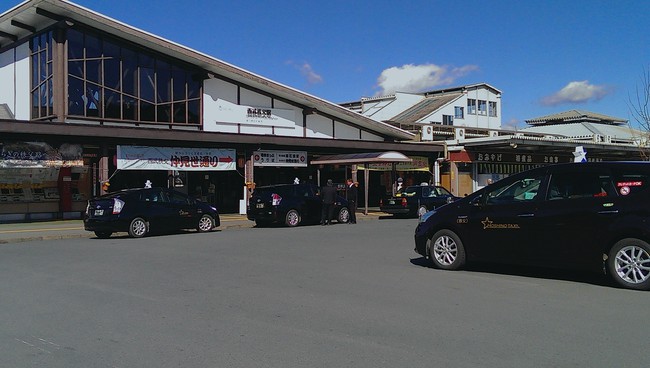
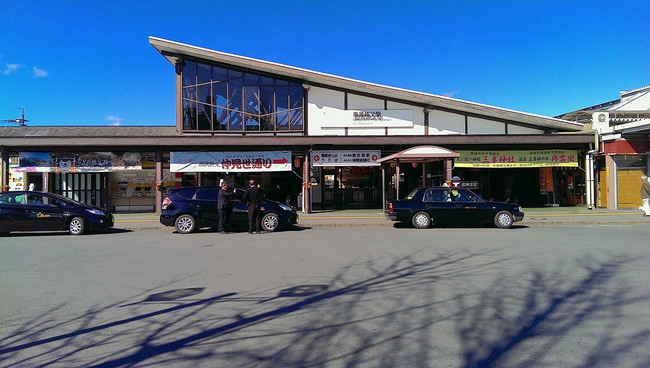

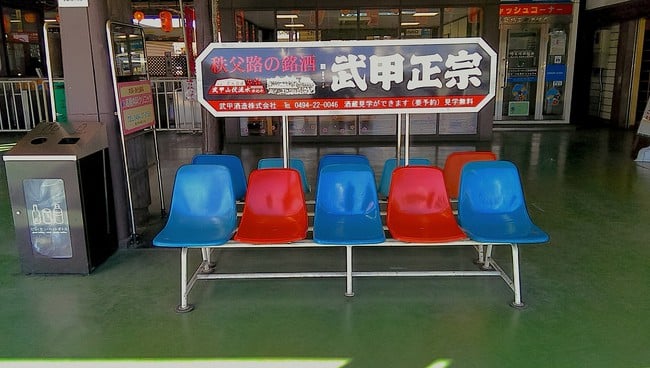
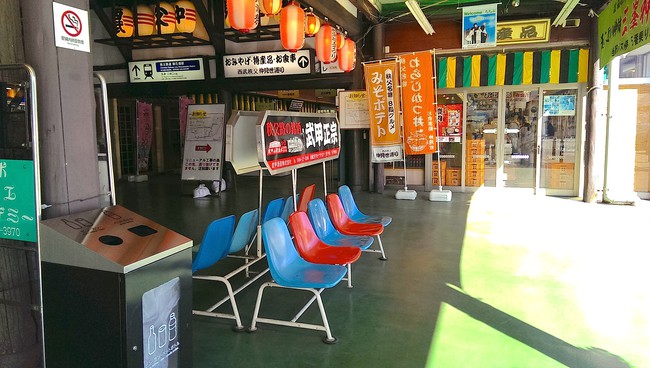
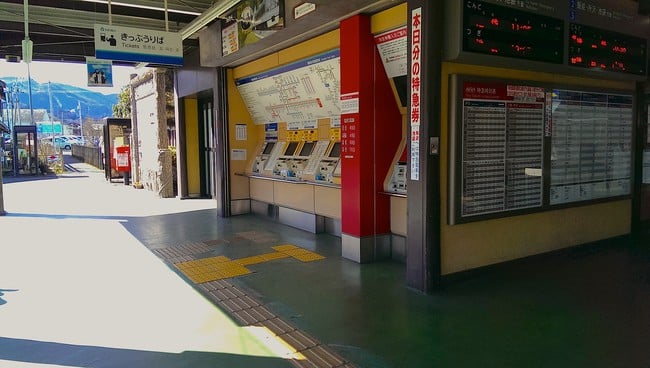
The Chichibu tourist office by the station offers a rental bike service, as well as free anohana location tourmaps. The bike rental service is useful for those who wish to see the sites within a few hours at an affordable cost. There's also a display of characters from the series in the center of the lounge—despite much space now being taken up by the film The Anthem of the Heart—and it's quite pleasing to look at.
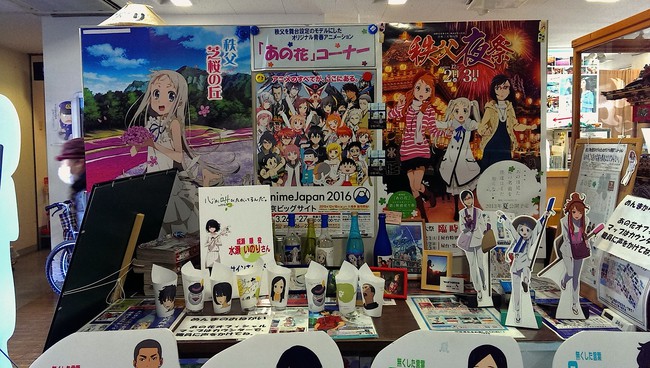
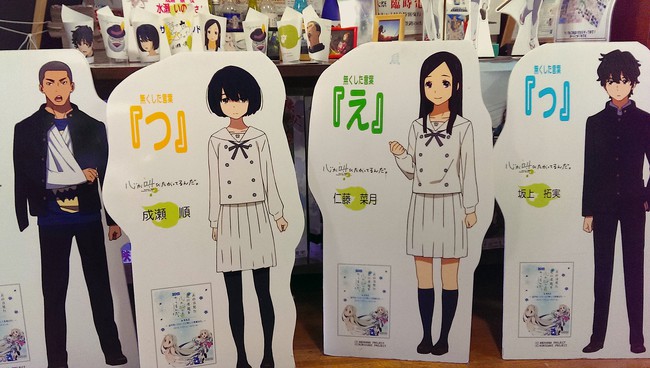
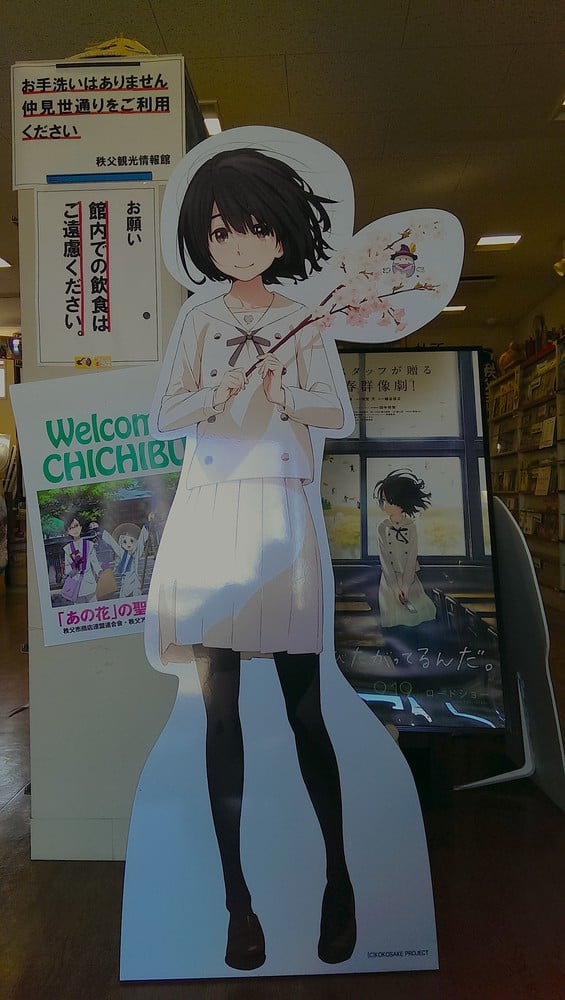
Conversely, the main gateway into Chichibu City by car is the Chichibu Bridge. The bridge is part of the Japanese National Route 299 system running between Chino, Nagano Prefecture and Iruma, Saitama Prefecture. Three iterations of the bridge have been used since 1885, and the current bridge was constructed in 1985. It's cable-stayed tower makes it recognizable as one of the most well-known locations of the series. The second iteration of the bridge is still used as a pedestrian walkway and park, with a lovely overlook of the Arakawa River. As tempting as it may be to mimic the heroine of anohana, Meiko “Menma” Honma, by walking on the guardrail of the pedestrian bridge, the 134.6 meter drop to the river should deter anyone from doing so. One leg of the original truss bridge can also be seen between the pedestrian bridge and the National Route 299 Chichibu Bridge, giving all three bridges a sense of history.
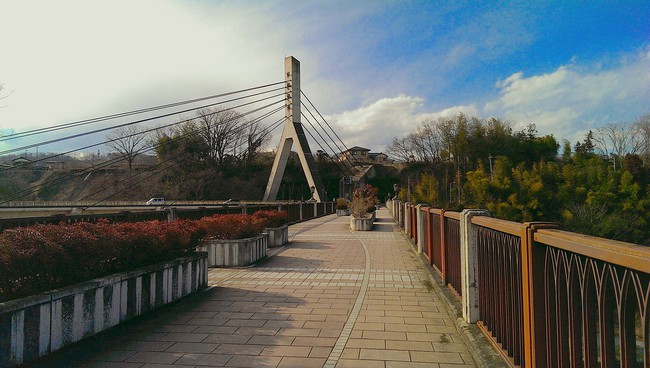
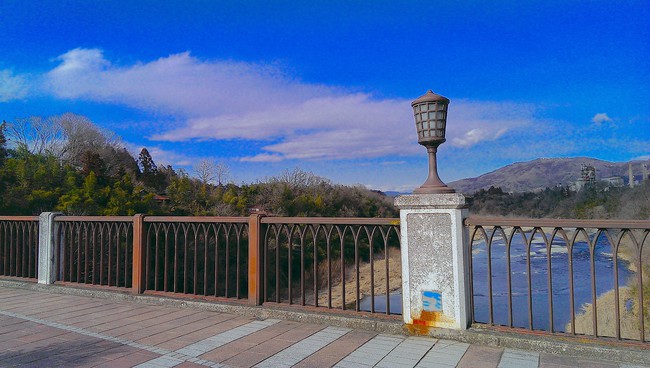

In anohana, it seemed as though the Super Peace Busters's secret base was just beyond the Chichibu Bridge. Unfortunately, that area is actually a small residential zone with roads connecting to the Japanese National Route 299 system. In reality, the location of the secret base is most similar to Hitsujiyama Park near Seibu Chichibu Station. The large park is split into two major sections that provide visitors with radically different experiences. The northern section features the beautiful overlook of Chichibu City seen in the opening credits of the series. While not every landmark of the city can be seen from the overlook, Seibu Chichibu Station, Chichibu City Hall, and the Chichibu Bridge are visible, among other landmarks.
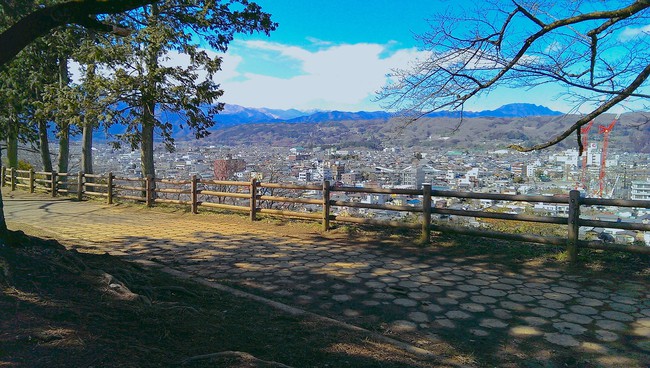
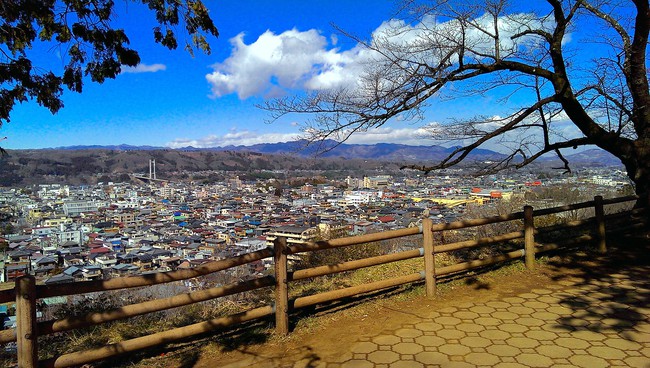
The southern section of Hitsujiyama Park is arguably more famous because of the Shibazakura (Moss Pink) Hill. This area was featured in the second episode of the series when Menma stood in a field of Broccolini flowers. In actuality, the hill sports a number of gorgeous moss pink fields arranged in lovely patterns. The peak flowering season is between April and early May, drawing tourists from around Japan and the world. This section of the park also has rows of Japanese cherry trees, which are a sight to behold when they're in full bloom between late March and early April. There's also a small horse and sheep stable by the Shibazukura Hill, so it's a nice little area for children to interact with nature.
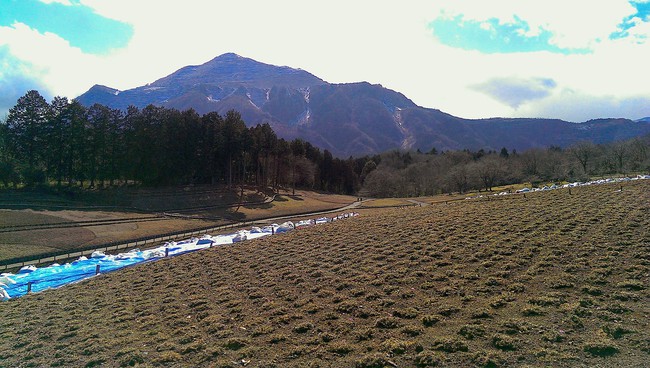
Although the Super Peace Busters's secret base is nowhere near the Chichibu Bridge, the high school that Jinta “Jintan” Yadomi and his friend Naruko “Anaru” Anjō attended is located there. It's not a high school in real life, it's Chichibudaiichi Junior High, but the design of the building is identical to that of the series. The campus was constructed in 2008 and serves the community as a public institute of early secondary education. For the safety of the students, entering the campus isn't allowed, but we can appreciate the aesthetic of the building from afar.
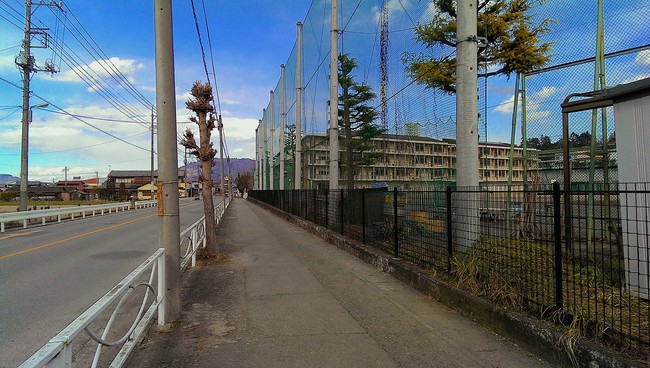
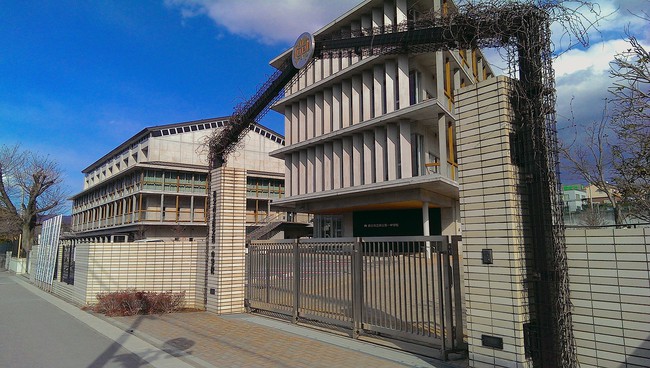
While many landmarks featured in the series serve the community as gateways, tourist spots, and centers of education, there are three with a specific focus on religious sites and traditions. These are Chichibu Shrine, Jōrin-ji Temple, and the scaffold for the Ryusei Rocket Festival held by Muku Shrine. Keep in mind that the two shrines are affiliated with Shintoism and the temple with Sōtō Zen Buddhism. Though Jōrin-ji Temple and the scaffold for the Ryusei Rocket Festival played a much larger role within the series, while Chichibu Shrine was only seen briefly, Chichibu Shrine is the spiritual center of the city. The shrine is home to the gods Yagokoroomoikane no mikoto, the god of wisdom, Chichibuhiko no mikoto, the 10th generation descendent of the former, Amanenominakanonushi-no-kami, the first god and source of the universe, and the resting place of Emperor Taishō's second son, Prince Chichibu. The shrine also holds a number of annual festivals, the largest being the Chichibu Night Festival in early December.
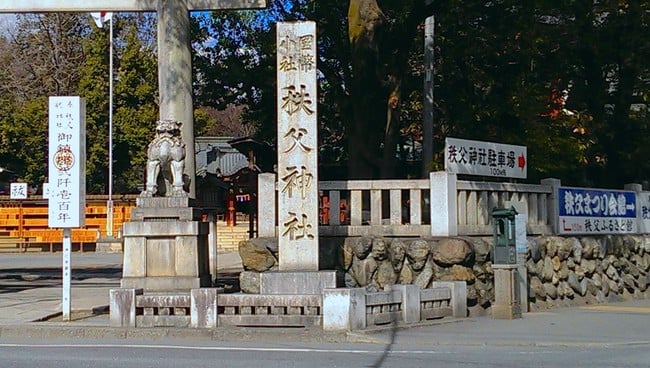
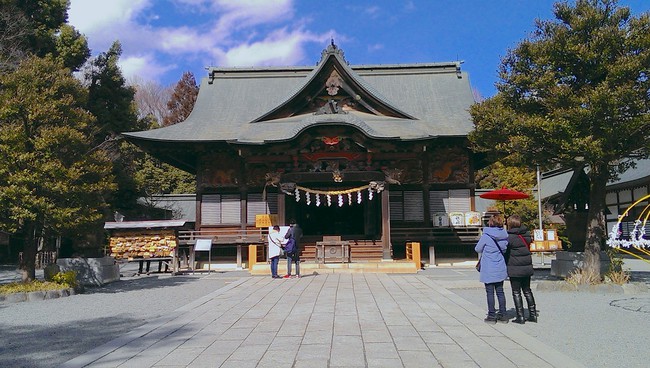
While Chichibu Shrine is beautiful, Jōrin-ji Temple was far more prevalent in the series. It wasn't just an area for the main characters to play as children, but also the place where they reconnected as teens. The temple is home to the Eleven-Faced Kannon bodhisattva, the spiritual figure of mercy and compassion in Buddhism, and it's the 17th stop on the Chichibu 34 Kannon Sanctuary pilgrimage. It's a small temple compared to Chichibu Shrine and not an ideal playground for children. While the nearby park in the series is in fact behind the temple, you actually have to walk around some houses and small farms to reach it. As such, the scene in the ninth episode where Atsumu “Yukiatsu” Matsuyuki was consoling Anaru is a bit farfetched in terms of city planning, but it is technically possible to recreate the scene in real life.

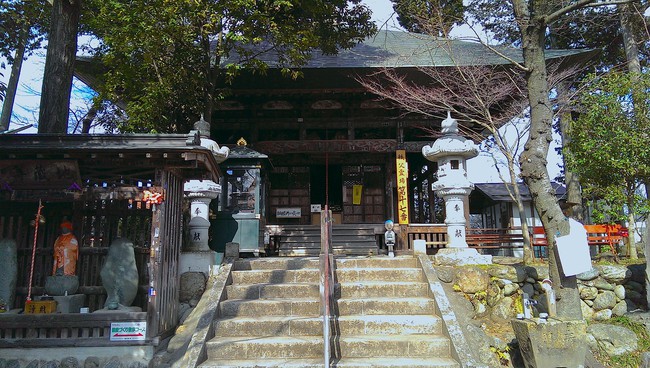
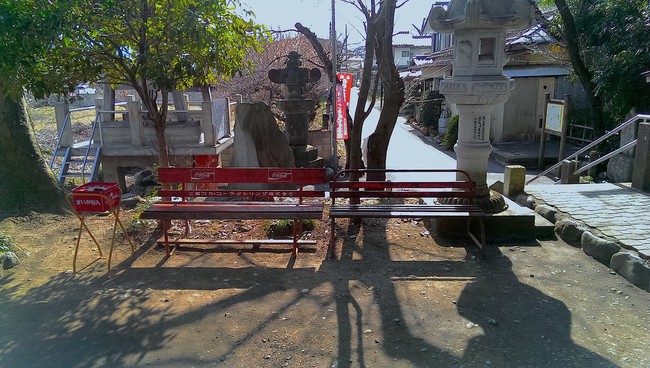


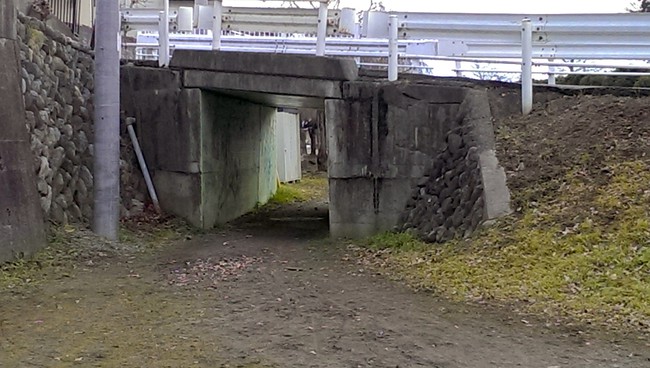
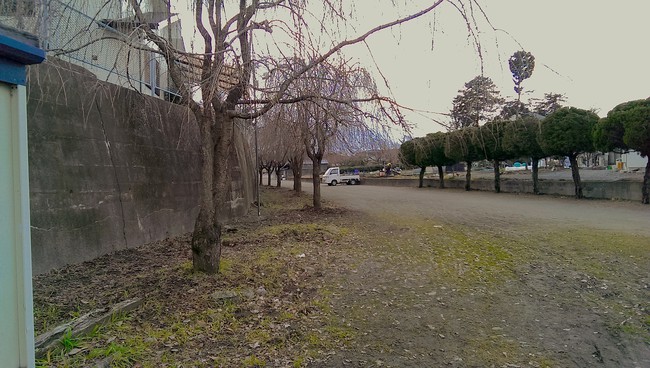
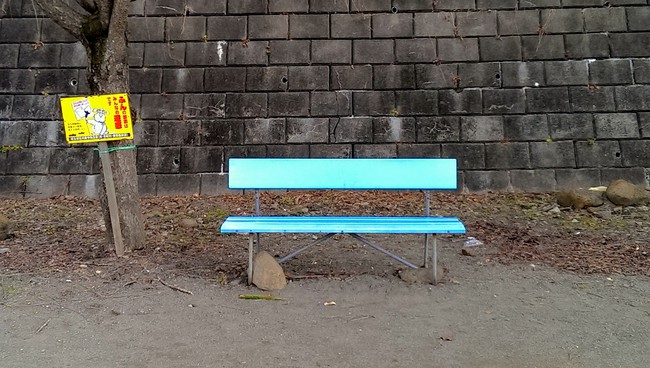
One enjoyable feature of both Chichibu Shrine and Jōrin-ji Temple is where the ema (votive woodblocks) are hung. Many visitors to the shrine and temple leave artwork of the characters on the woodblocks, but Jōrin-ji Temple boasts a larger variety than Chichibu Shrine. They're all well-drawn and a great way to leave your mark on Chichibu City.
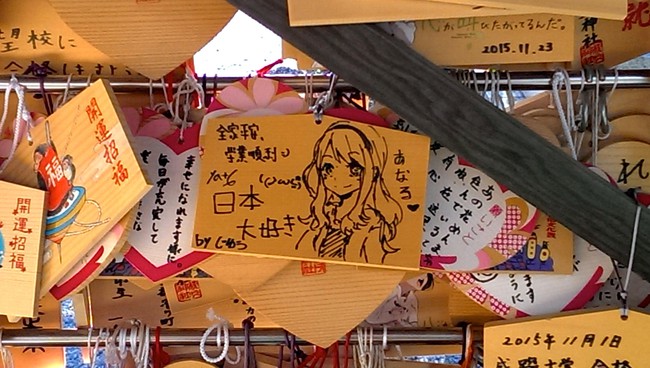

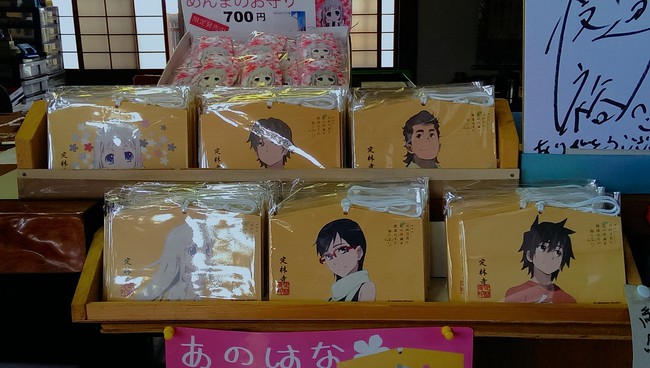
Arguably, the major plot point in anohana was the main characters' attempt to build a firework and launch it from the scaffold of the Ryusei Rocket Festival. Much of the firework's construction was done at Jōrin-ji Temple, but it was fired at Muku Shrine's Ryusei no Yagura, or the Ryusei scaffold. The series made it seem as though the scaffold is close to central Chichibu City, but it's actually quite a distance away in a secluded area. There isn't much to see of the scaffold, since it's only used during the Ryusei Rocket Festival held on the second Sunday of October. However, 700 meters from the scaffold is the Ryusei Kaikan way station.
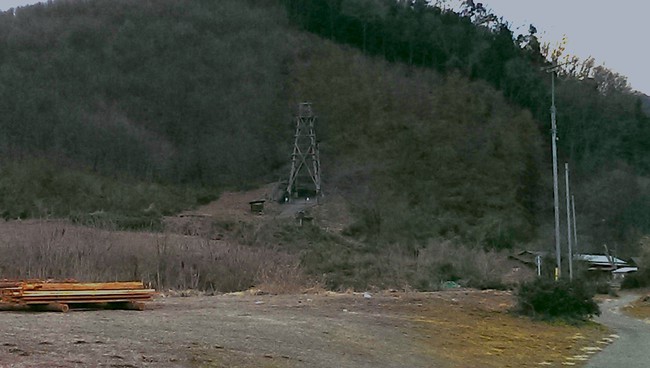
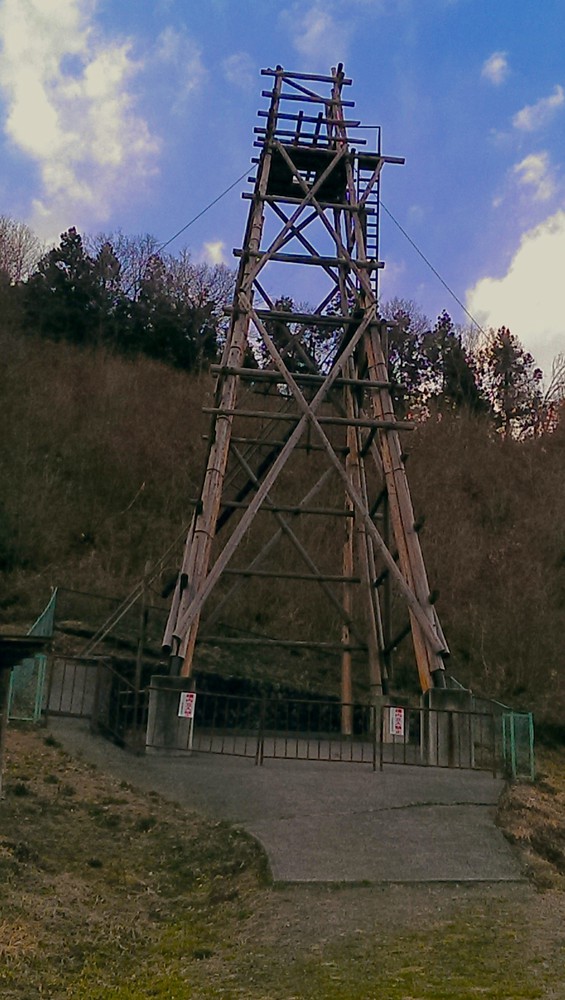
The way station has a dedicated museum of the Ryusei Rocket Festival, as well as a small gift shop. The entrance to the museum also has memorabilia from the series' production team and voice actors on display, along with a dais where visitors can leave mementos for Menma. The gift shop has an assortment of locally grown crops, but there's one shelf stocked with anohana cookies. The scaffold for the Ryusei Rocket Festival and the Ryusei Kaikan way station may be difficult to reach, but they're well worth the trip.
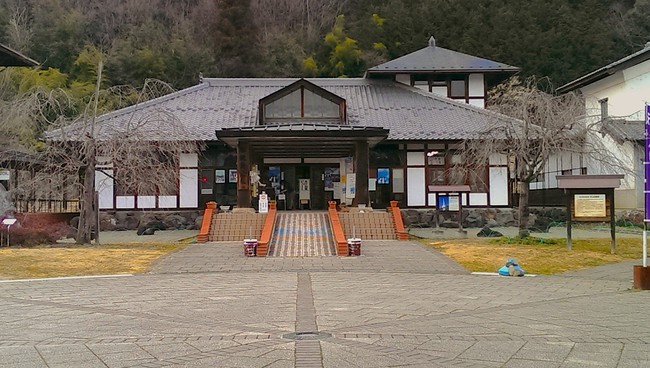
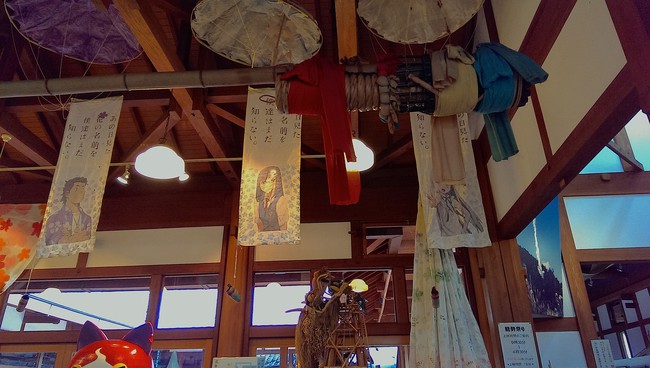
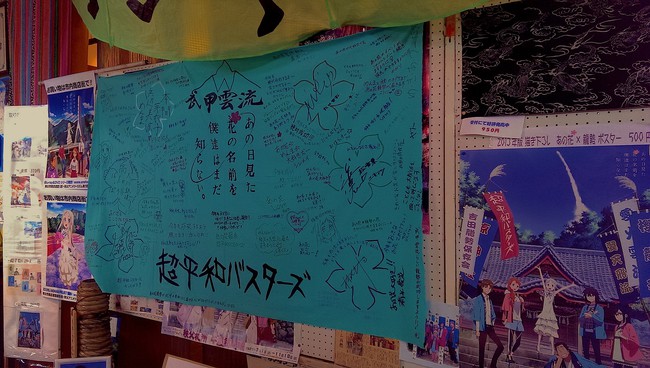
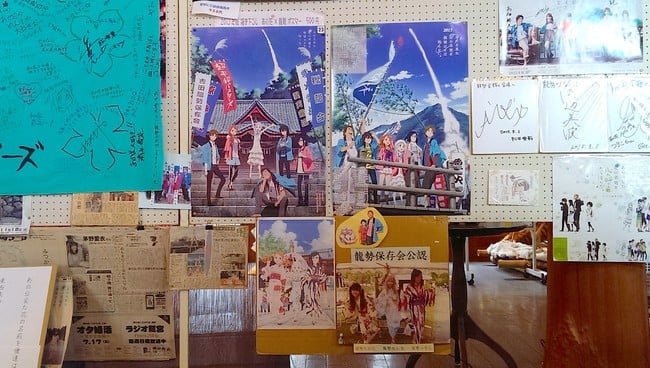
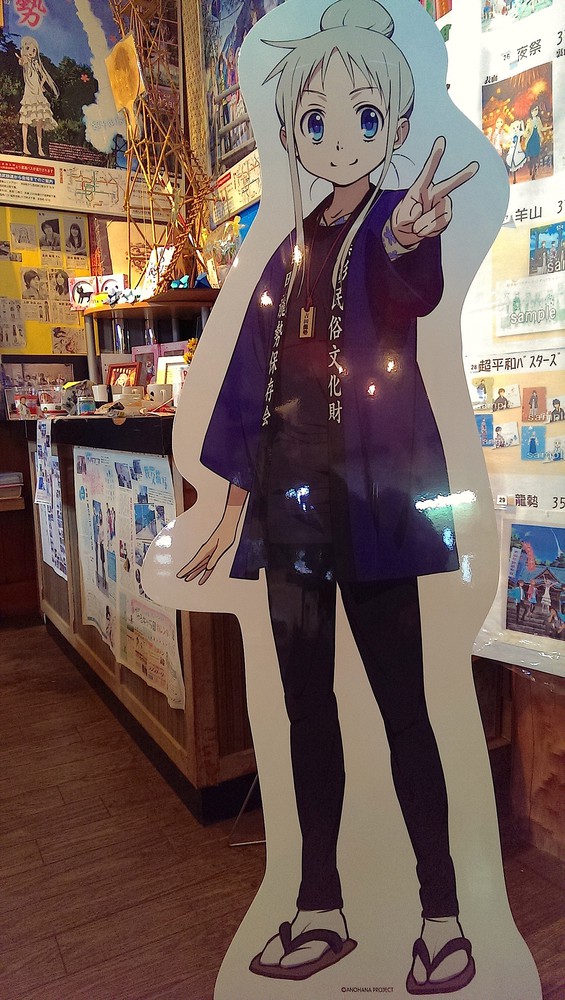
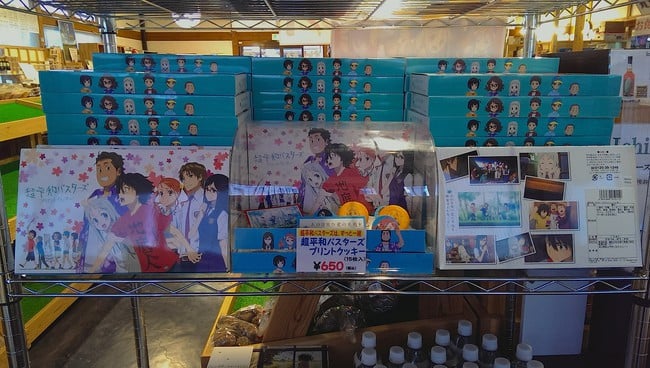
anohana: The Flower We Saw That Day was a wonderful series about a group of friends coming to terms with another friend's death many years after the fact, and the city it's set in is just as lovely. Although many of the locations are within walking distance of Seibu Chichibu Station, renting a bike from the tourist office is a better option for seeing each site within a day. There's only one bus line to the Ryusei Kaikan way station from Seibu Chichibu Station, and few buses depart from the station each hour. As such, this should be the first destination for visitors. While the Seibu Chichibu Line is arguably the more convenient train line into Chichibu City, the Chichibu Main Line is the more scenic option. I would exercise caution when visiting and taking pictures of Chichibudaiichi Junior High School, if only because the teachers and administrators may mistake you for a child predator. The residents of Chichibu City are cordial, can point you in the right direction if you get lost, and may regale you with stories about the creation of the anime and live-action renditions of anohana, particularly the resident priest at Jōrin-ji Temple. Just remember to ask politely.
Chichibu City is accessible by train via the Seibu Chichibu Line and the Chichibu Main Line. Train fares for the Seibu Chichibu Line are: Red Arrow Limited Express from Ikebukuro ¥1420, local line from Ikebukuro: ¥780. Train fares for the Chichibu Main Line are: Express from Kumagaya: ¥1060, local line from Kumagaya: ¥860. The Chichibu tourist office by Seibu Chichibu Station is open between 9:00 AM and 5:30 PM between April and October, and 9:00 AM and 5:00 PM between November and March. Bike rentals from the Chichibu tourist office are available between 9:00 AM and 3:00 PM. Bike rental fares are: 2 hours: ¥300, 4 hours: ¥500, 8 hours: ¥1000, one-way rental: ¥500, and late return fee/hour (applicable 15 minutes after the hour): ¥500. The bus fare to the Ryusei Kaikan way station from Seibu Chichibu Station is ¥520. The Ryusei Kaikan way station is open between 9:00 AM and 4:30 PM and closed on Tuesdays, excluding holidays. Tickets for the Ryusei Kaikan way station's Ryusei Rocket Festival museum are ¥300.
discuss this in the forum (8 posts) |